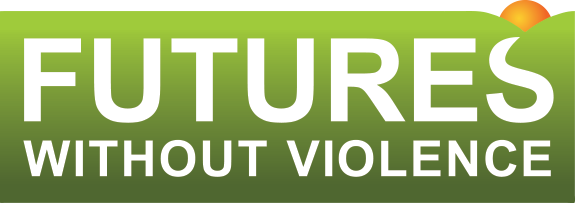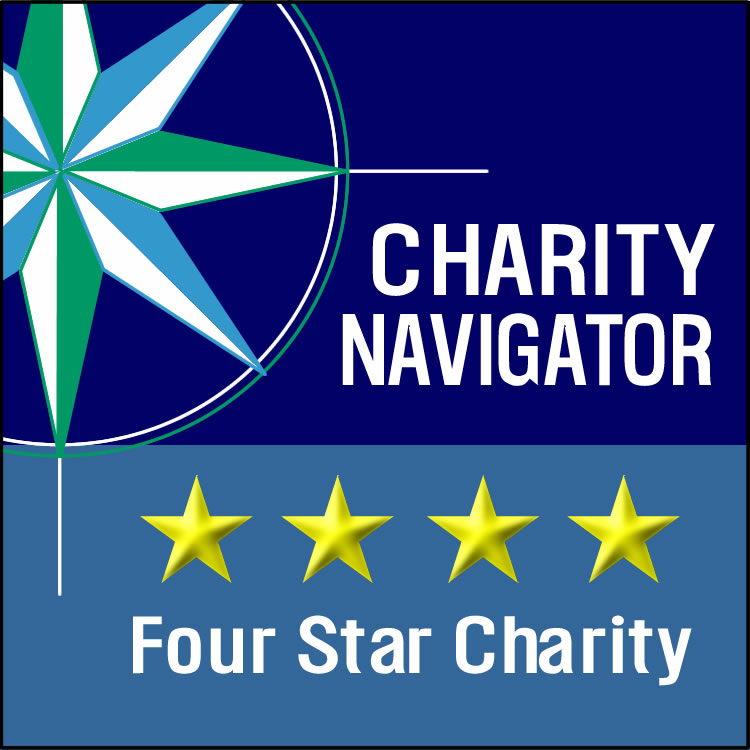Alum Campus Fellow Leadership Program

My name is Megan Beine and I was a Campus Fellow in the Futures Without Violence Campus Leadership program at Eastern Washington University for the 2022-2023 school year alongside my partner, Nicole Smith. This was an extremely valuable and growing experience for us that came with many struggles and rewards as we bumped up time and time again against our college’s academic bureaucracy in our attempts to lift up student voices and concerns surrounding violence and prevention efforts on campus.
At the beginning of the school year, a string of sexual assaults in our residence halls left us, and the rest of the campus community feeling very unsettled about the ways our university was handling, or attempting to prevent instances of violence, on campus. Knowing the statistics surrounding campus sexual assault, we understood that the cases that were being reported were only the tip of the iceberg, but it seemed that beyond a few emergency alerts there was no genuine conversation with the students surrounding issues of consent, safe sex practices, healthy relationships, or bystander intervention tactics that could help move the conversation forward beyond telling young women to “not walk alone at night”. We were concerned about the implications this response could have for other students and survivors. Further, we wanted to address and understand these specific instances of violence within the larger framework of sexual violence and prevention work so that it could improve the health of our campus community overall. Nicole and I began to set up meetings with the key staff and faculty members who seemed to be most invested in these issues to bring our thoughts to the table. Although they were sympathetic to our concerns, for the most part, they told us from their experience, students were simply not interested in discussing issues of violence on campus. “Good luck trying!” We were very disheartened by this assessment of our student body, but ultimately decided that we should go directly to the source.
We decided to set up a series of presentations during classes that professors would let us invade for an hour or two. We discussed the statistics surrounding campus sexual and domestic violence as well as general demographics. We outlined consent practices, the intersections between health and violence, bystander intervention and prevention tactics, the confidential and non-confidential resources that are available to students, and ended with some discussion questions to gauge how students were feeling on this issue. We were pleasantly surprised by the depth of perspective students had surrounding this topic; they had a wealth of knowledge and ideas surrounding what could be done to make them feel safer and more supported by the university as a whole. Their ideas centered around having an open dialogue in new student orientations, employee training and dorm rooms surrounding issues of prevention and violence, as well as making the community and university resources available to them as accessible and known as possible–especially given that multiple students stated they did not know so many resources were available to help them. This response led us to believe that the problem was not that students were uninvested in these conversations, but that our institution did not understand how to engage with them on these issues in effective ways.
Throughout these presentations, many students told us that it was the first time on campus that they were having an open conversation, not only about violence on campus, but how to prevent it within their everyday interactions. This is where we truly saw the value and necessity of campus advocacy and programs like the Campus Leadership Program. Although our university was making some effort to create events, panels, and spaces to discuss issues of violence and prevention, it was done from a top down approach that students did not want to engage with. We felt like these events felt like another “to do” item for students, leading to poor attendance and ultimately leading the university to give up on trying to engage the student population. Our university is likely not the only one with this problem, and this is where campus advocacy can fill the gaps and create peer leadership and relationships that are longer lasting and more influential on the campus culture as a whole. In the end, we need campus advocacy and programs like the Campus Leadership Program to help students thrive, and to keep universities accountable for creating safe learning environments for their students. Title IX is the bare minimum universities can offer, and survivors deserve the world of love, support, and effort from their campus community.
The Health Resource Center has many helpful resources for campus advocates and campus health centers. Request yours today!





